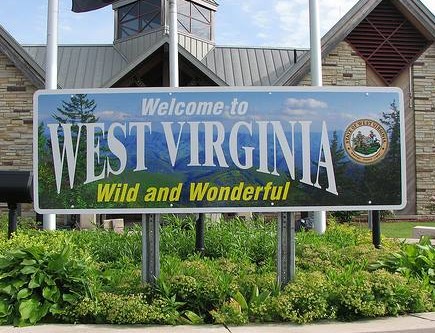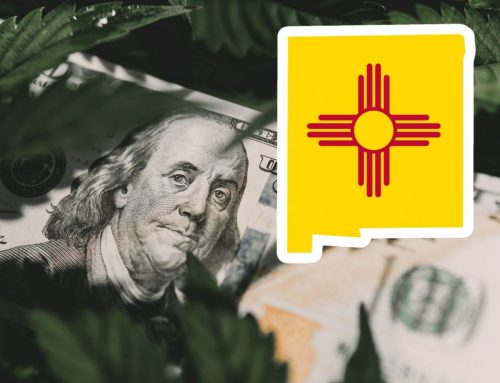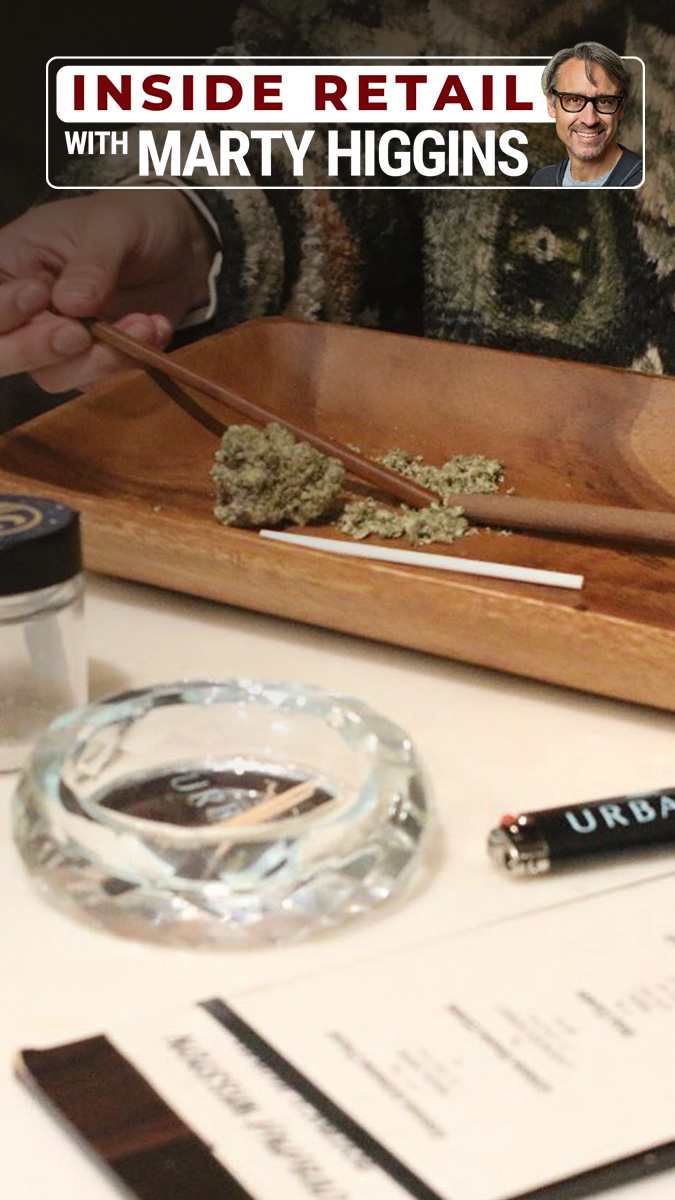West Virginia Medical Cannabis Costs Drive Patients Across State Lines for Lower-Priced Options
CHARLESTON – Elevated prices in West Virginia’s medical Cannabis system continue to steer registered patients toward recreational outlets in Ohio, Maryland, and Michigan, where products sell at fractions of the cost despite legal barriers to transport.
The state’s program, active since 2017 with dispensaries opening in 2021, now counts 35,000 cardholders, but registrations have stalled over the past six months. Flower and vapes make up the bulk of offerings, as edibles remain banned under the Medical Cannabis Act, unchanged since 2021. A typical vape cartridge fetches $60 at local dispensaries, compared to $20 across the Ohio line, while flower runs more than double Michigan’s rates. Annual card renewals, including certification fees, exceed $100, adding to the burden in a market without health insurance coverage.
Factors behind the premiums include a ban on Cannabis cultivation alongside a 10% tax on dispensary receipts that squeezes margins without federal tax breaks. The state caps dispensaries at 100 licenses, with 64 now operational, alongside nine growers and processors. This setup curbs supply volume, keeping overhead elevated. Since inception in 2021, the medical Cannabis program has gathered $34 million in taxes for research and enforcement, yet none has been disbursed due to federal compliance worries.
Patients weigh these hurdles against out-of-state options, often crossing borders for a cheaper flower, vapes, edibles, and broader selections unavailable at home. “West Virginians know full well that it is not legal to cross state lines with Cannabis,” said Rusty Williams, policy counsel for the ACLU of West Virginia. “But they’re doing it anyway.” Enforcement appears lax on rural highways, though federal prohibitions persist.
Regulators from the Department of Health have fielded complaints but stopped short of price caps, which they could impose for up to six months in cases of excess. “Pricing is always a concern so that patients are able to obtain products at a reasonable price,” said Gailyn Markham, a department administrator. Advocates counter that without reforms, the program risks further erosion.
Legislative bids in 2025, including House Bill 2887 to enable adult-use sales via county votes, advanced in committee but faltered amid debates over youth safeguards. Separate measures to authorize edibles and expand qualifying conditions drew support from roughly 20,000 patients but lacked the votes to pass. Josh Chaffin, chief executive of a dispensary chain, argued for recreational expansion: “If they can go across the border and obtain a wider selection of products, why would they pay to get their medical Cannabis card in West Virginia?”
The dynamic highlights vulnerabilities in medical-only frameworks hemmed in by neighbors with mature recreational sectors. Ohio’s 2023 launch, for instance, has siphoned an estimated 15-20% of West Virginia’s addressable market through sheer volume and variety. Without adjustments like home cultivation allowances or product diversification, projections point to a 10% dip in state sales by 2027.



































